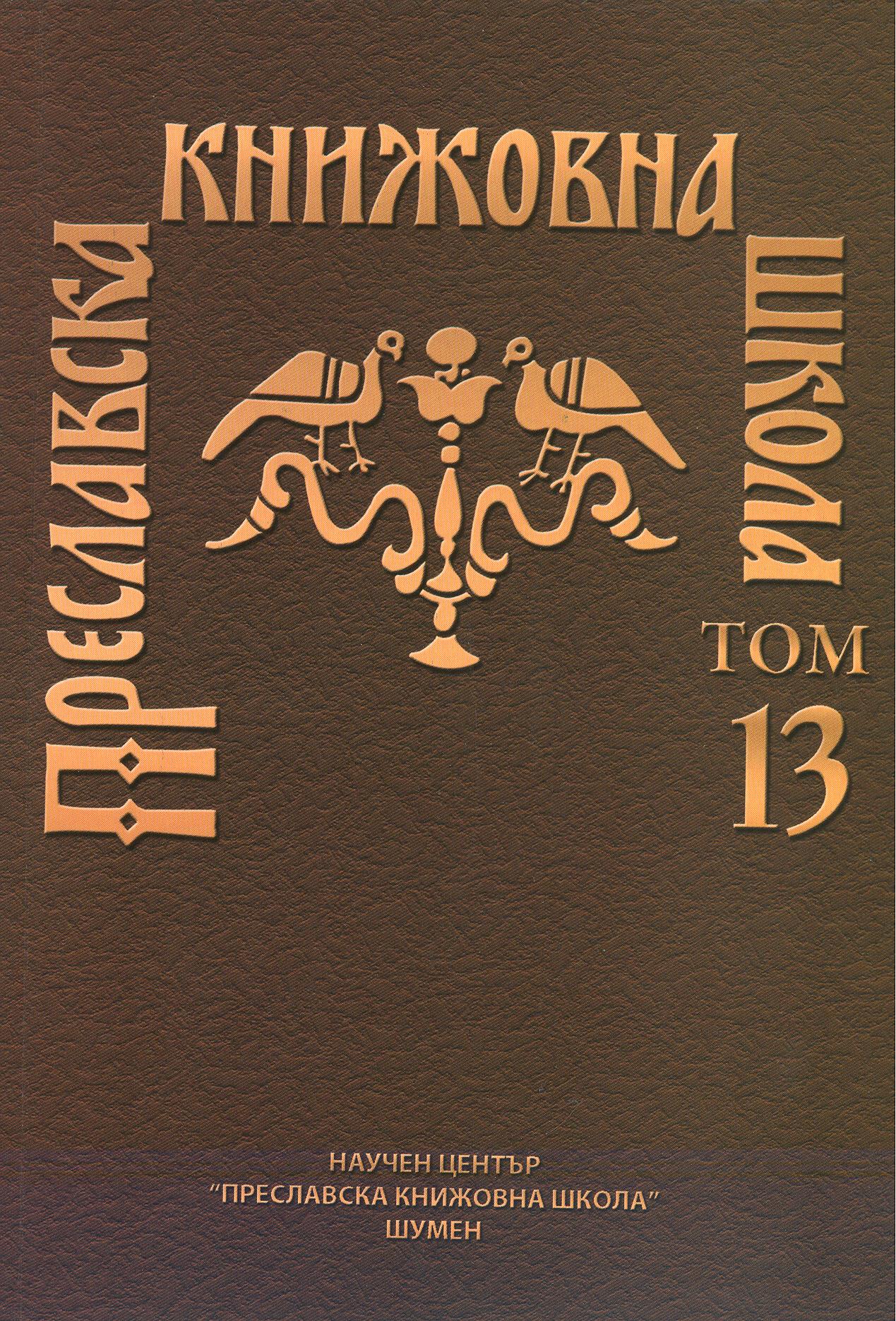ИЗ НАБЛЮДЕНИЙ НАД ЯЗЫКОМ ДРЕВНЕБОЛГАРСКОГО ПЕРЕВОДА ХРОНИКИ ГЕОРГИЯ АМАРТОЛА
ON THE LANGUAGE OBSERVATIONS OF THE OLD BULGARIAN TRANSLATION OF THE GEORGE HAMARTOLOS’ CHRONICON
Author(s): Rostislav StankovSubject(s): Language studies, Language and Literature Studies, Eastern Slavic Languages, Philology
Published by: Шуменски университет »Епископ Константин Преславски«
Keywords: Old Bulgarian tradition; Old Russian copy; George Hamartolos’ Chronicon; Dobromir Gospel; Boyana palimpsest
Summary/Abstract: The paper deals with orthographical features of manuscript P (f. 588, № 1432, Russian National Library in Saint Petersburg). It has been found that one of manuscript copyists rather often uses the letter ѫ (414 cases). Most of these cases (283) are correct, there are also incorrect uses for letter ѹ (99), and in 31 case letter ѫ is used incorrectly for ѧ. It must be underlined especially that V. M. Istrin deliberately screened the fact from scholars – the edition of the George Hamartolos’ Chronicon shows only 13 uses of letter ѫ in P. The analysis of the confusion of letters ѫ and ѧ reveals a similarity between P and Boyana palimpsest and Dobromir Gospel (Dobromirovo evangelie); also there are some features in P that refers to the Old Russian tradition. On these grounds, it has been made a conclusion that P goes to the late Old Bulgarian tradition (11-12th cc.) through the Old Russian copy from the first half of 12th c. The data from P take down all questions about the origin of Slavonic translation of George Hamartolos’ Chronicon – it was undoubtedly made in Bulgaria in the second half of 10th c.
Journal: Преславска книжовна школа
- Issue Year: 2013
- Issue No: 13
- Page Range: 209-225
- Page Count: 17
- Language: Russian

